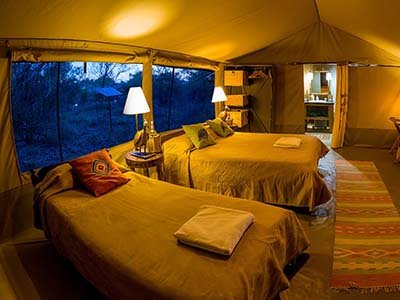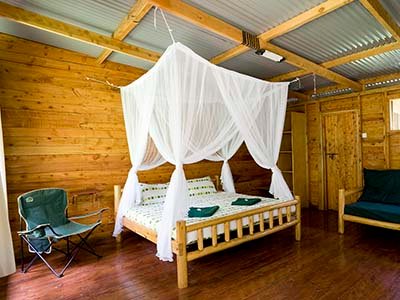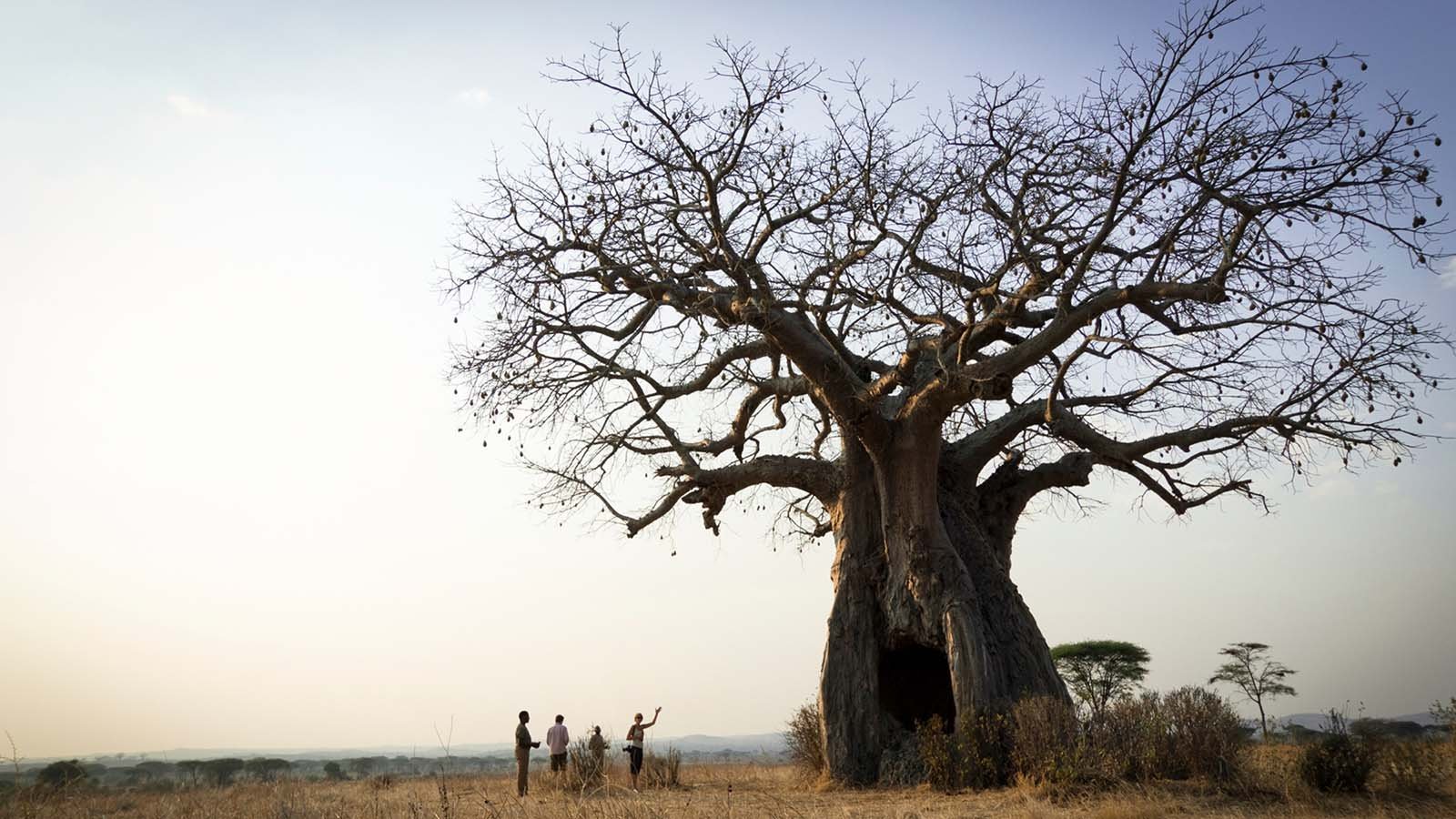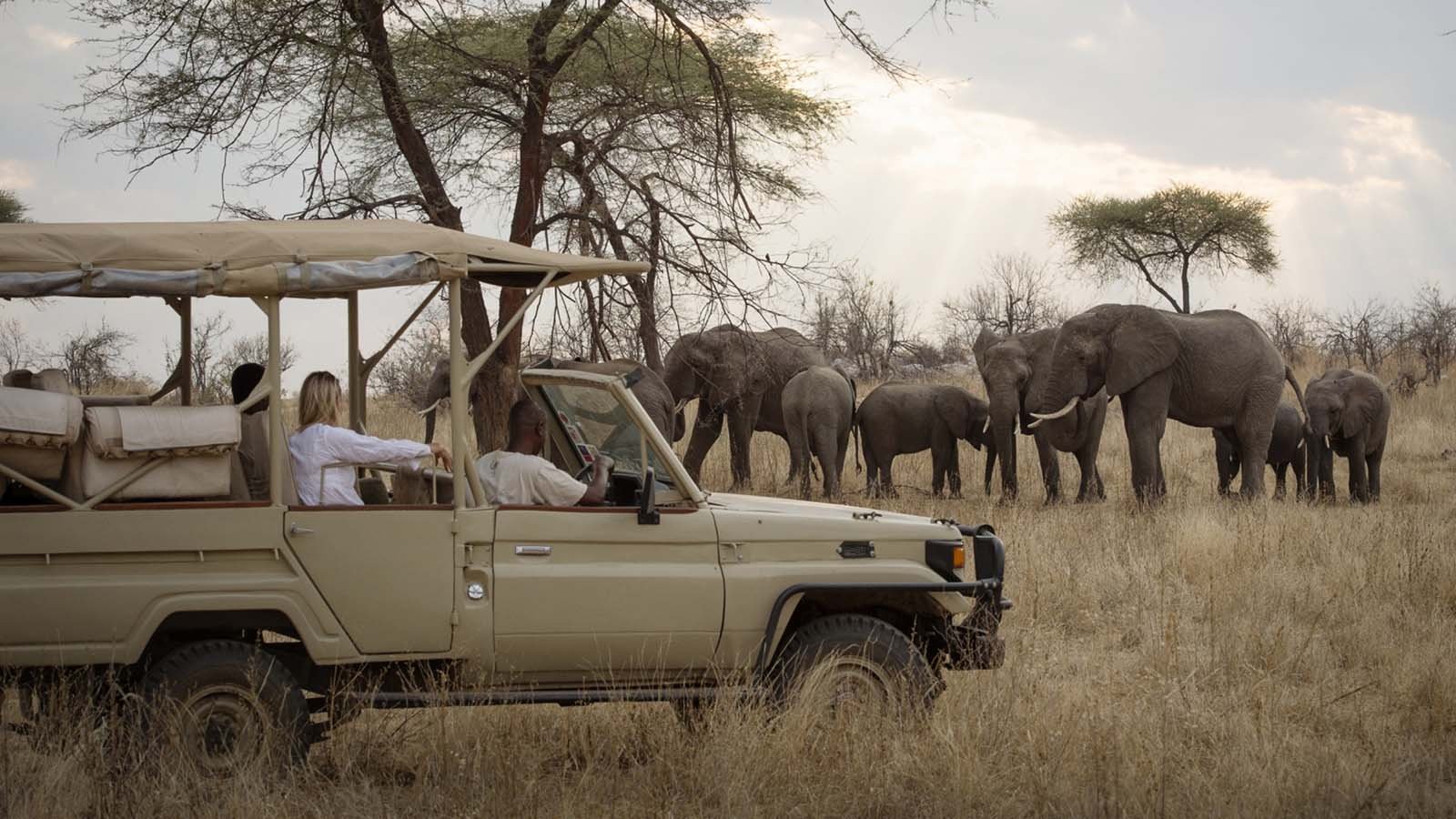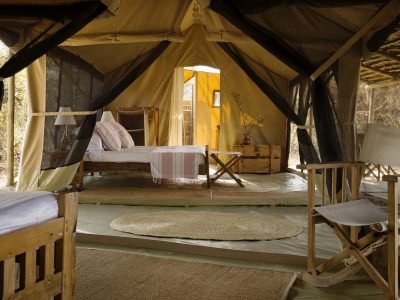Ruaha National Park
Ruaha National Park was established in 1964. It is Tanzania’s biggest national park, with a total area of 20,200 square kilometres. Ruaha mixes Katavi’s unspoiled wildness with the Serengeti’s and Tarangire’s jaw-dropping immensity and wildlife. Your safari in East Africa’s biggest national park starts the minute the runway comes into view, the pilot skilfully navigating around the giraffe and zebra wandering about. The park is a vital habitat for critically endangered wild dog.
The enormous river that gives Ruaha its name flows through the base of the Rift Valley at a height of about 1,000 metres and is also its life artery. While the waters become raging at the height of the rainy season, the floods subside and quiet down into serene ponds. There is a life where there is water, and the excellent network of wildlife-watching paths follows the main river and its seasonal tributaries.
The park is especially magnificent, with its broad savannah interspersed with huge baobabs, hills, rocky outcrops, and river valleys filled with palm palms.
The antelope is the uncontested star of the ensemble of animals that populate the Tanzanian Savannah. An exceptionally high variety of this beautiful species may be found in Ruaha because it mixes the acacia savannah of East Africa with the miombo forest of Southern Africa. The Greater Kudu’s many admirers have come to the correct location. People are thriving here in a way they aren’t elsewhere. In addition, sable antelope are easier to see than anyplace else in the world, and roan antelope may be found in just two parks in the world, both of which are located in Ruaha.
These poor herbivores have to stay on alert constantly since a ravenous predator is usually lurking nearby. Wildebeest, the lions’ preferred food source, is in short supply, yet the lion population is thriving. Ruaha is one of the most crucial safe havens for wild dogs, a species at grave risk of extinction.
The diversity of the park’s avifauna may be attributed to its three distinct habitat types: tree and scrub savannah, miombo savannah, and wetlands. Over five hundred and fifty different kinds of birds make even a brief morning stroll worthwhile. Check the ground, too, or you could miss the Nile monitor and the much rarer white-throated savannah monitor.
It’s 260 km in length, from the northeast to the southwest.
Height: typically up to 1,000 m, with a few summits in the west reaching 1,800 m.
Daytime highs average about 25°C, while nighttime lows hover around 15°C. The warmest months are October and November (35-42°C), while the coldest month is July (as low as 5°C at night).
When is the best time to Visit Ruaha National Park?
Large creatures are easier to see between May and October, the dry season. Birdwatching, beautiful landscapes, and wildflowers may all be enjoyed during the wet season (November–April) when the rain is less frequent.
Visit between July and October for the best weather.
How to get to Ruaha National Park
You can get to the park by car or plane, despite its very isolated location.
From Dar es Salaam to Iringa town, the trip is around 500 kilometres on a decent asphalt road, followed by 120 kilometres on a bumpy route (total driving time: 10 hours). You might also travel the bumpy route between Arusha and Dodoma (860 km for 2 days, difficult in the wet season).
Arusha and Dar es Salaam both have daily scheduled flights. Private flights are available from a number of safari operators.
Accommodation in Ruaha National Park
There are five lodges, one rest house, two public campsites, a few deluxe campsites, and a number of bandas located inside the park itself (bookings for special campsites and bandas through the park).
A few lodges may be found just outside the park’s borders (close to the boundaries).

